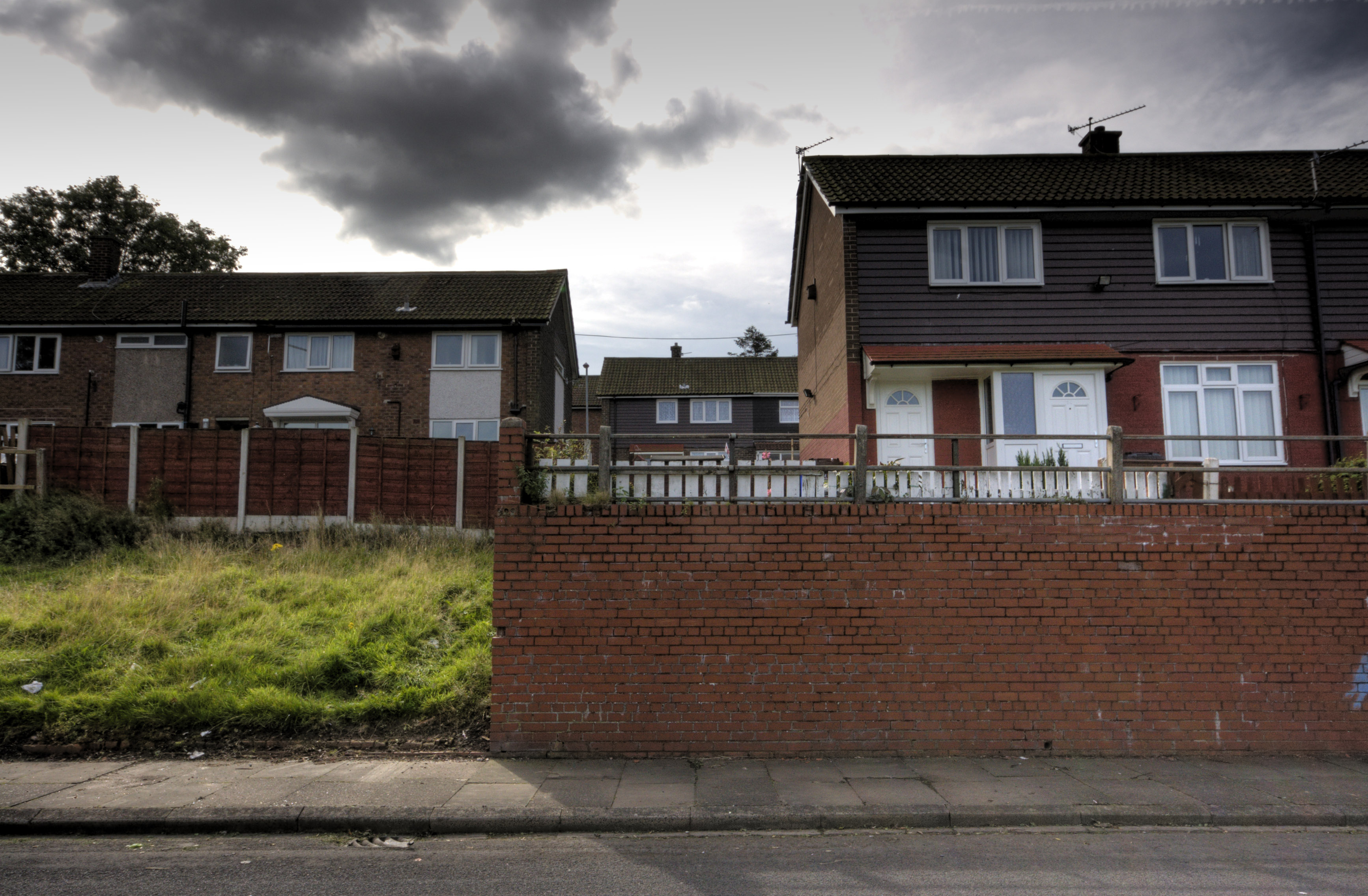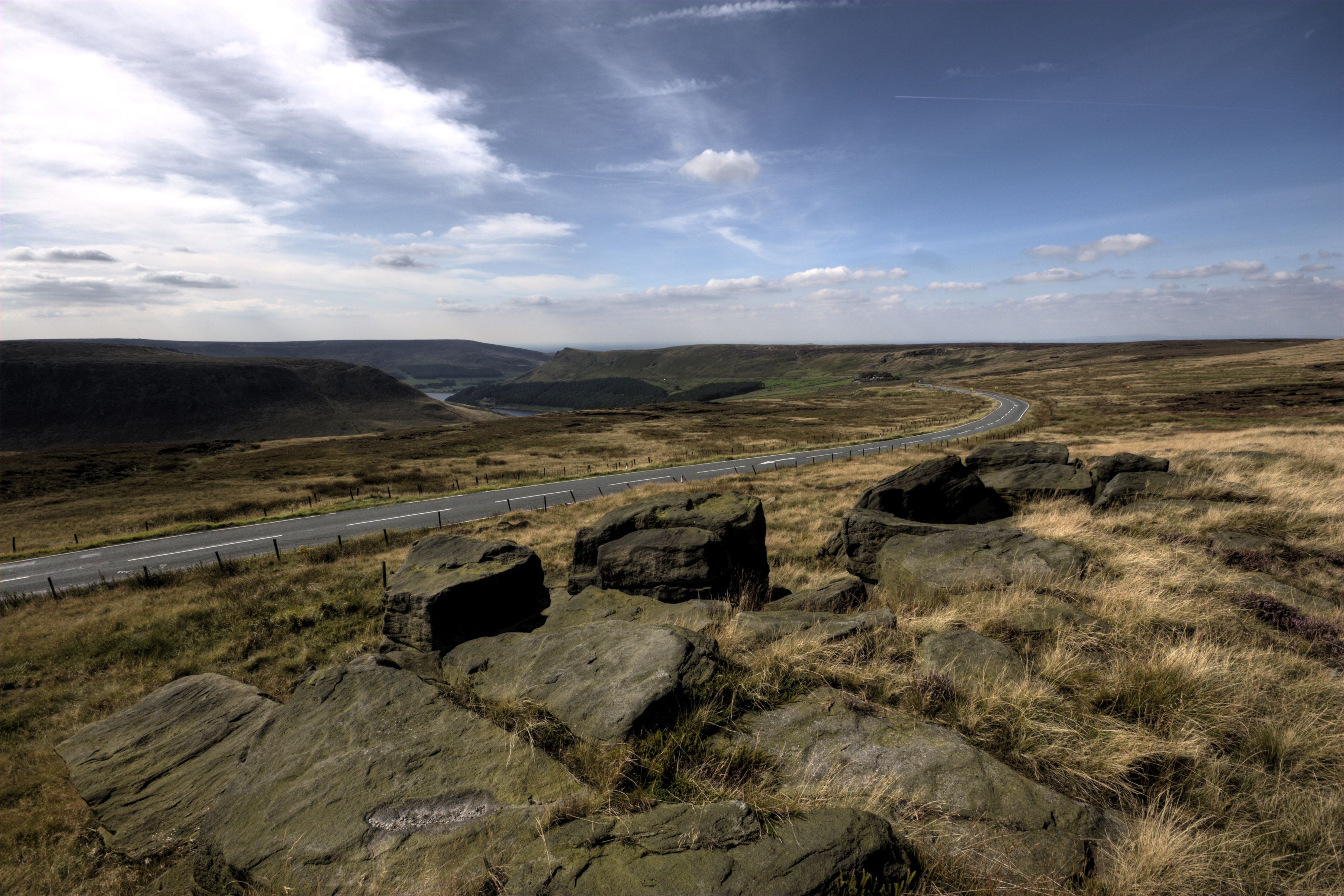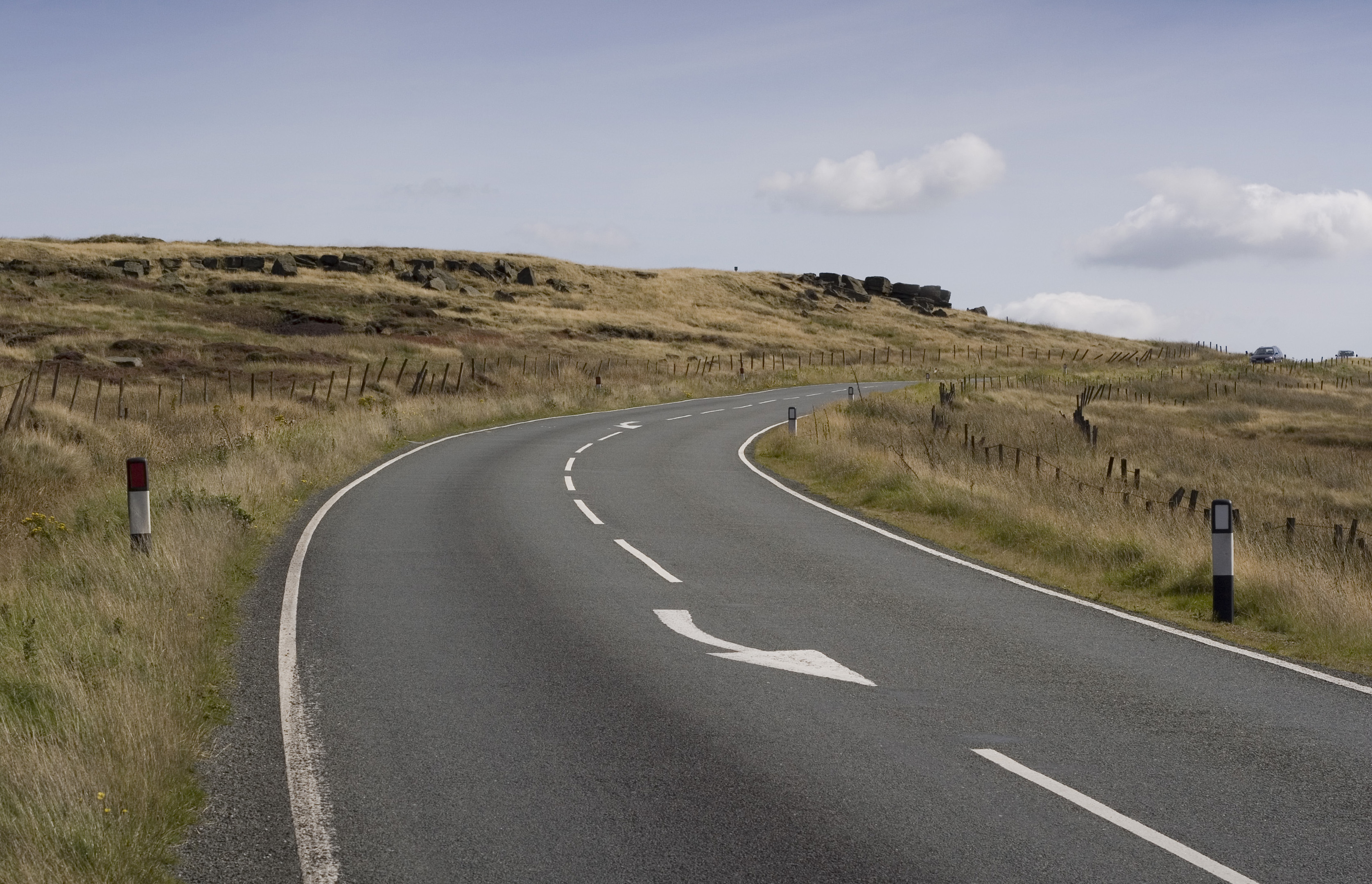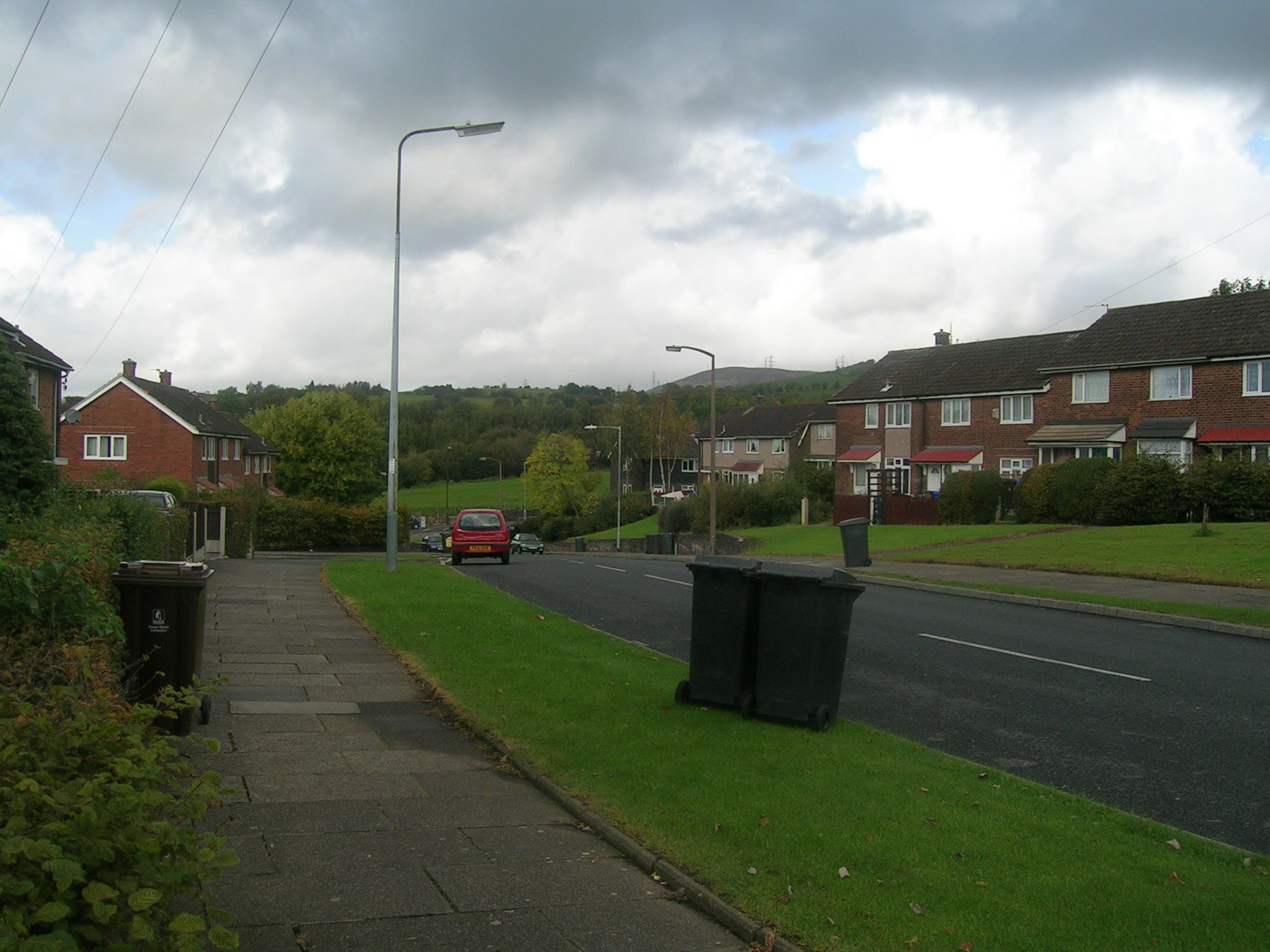|
Gorton
Gorton is an area of Manchester in North West England, southeast of the city centre. The population at the 2011 census was 36,055. Neighbouring areas include Levenshulme and Openshaw. A major landmark is Gorton Monastery, a 19th-century High Victorian Gothic former Franciscan friary. History According to local folklore, Gorton derives its name from Gore Town, due to a battle between the Saxons and Danes nearby.Booker (1857), p. 197. This has been dismissed by historians as "popular fancy". The name Gorton means "dirty farmstead", perhaps taking its name from the Gore Brook, or dirty brook, which still runs through the township today. The brook may have acquired that name because of the dirty appearance of its water, perhaps caused by discolouration due to peat or iron deposits. In medieval times, the district was a township of the ancient parish of Manchester in the Salford Hundred of Lancashire. Manchester City F.C. was founded as St Mark's (West Gorton) in 1880. ... [...More Info...] [...Related Items...] OR: [Wikipedia] [Google] [Baidu] |
Manchester Gorton (UK Parliament Constituency)
Manchester Gorton is a List of United Kingdom Parliament constituencies, constituency represented in the House of Commons of the United Kingdom, House of Commons of the Parliament of the United Kingdom, UK Parliament by Labour Party (UK), Labour's Afzal Khan (British politician), Afzal Khan, who was elected at the 2017 United Kingdom general election, 2017 general election. It is the safest Labour seat in Greater Manchester by numerical majority and one of the safest in the country. Constituency profile The seat covers Gorton, Fallowfield, Levenshulme, Longsight, Rusholme and Whalley Range to the south and east of the city centre, which are diverse and liberal suburbs, with some levels of deprivation such as in Longsight. Most housing is made of red brick terraced houses. There is a large student population, particularly in Fallowfield which includes several halls of residence and private rented houses serving students of Manchester's large universities, though the universities ... [...More Info...] [...Related Items...] OR: [Wikipedia] [Google] [Baidu] |
Gorton Monastery
The Church and Friary of St Francis, known locally as Gorton Monastery, is a Grade II* listed former Franciscan friary in Gorton, Manchester, England. It was designed by the noted Victorian architect Edward Welby Pugin and built 1866–1872. Gorton Monastery is a noted example of Gothic Revival architecture. The building ceased to be used for Christian worship in 1989 and fell derelict for many years. After a restoration programme, it reopened as a secular events venue in 2007. History In 1861 the then Bishop of Salford, Herbert Vaughan, invited a Belgian community of Recollects, a branch of the Franciscan Order of Friars Minor, to come to Manchester and found a new church. The Franciscans arrived in Gorton in December 1861 and began work on a new friary. The construction lasted from 1863 to 1867, and most of the building work was done by the friars themselves, with a brother acting as clerk of works. The noted architect Edward Welby Pugin (1834–1875) was appointed to design ... [...More Info...] [...Related Items...] OR: [Wikipedia] [Google] [Baidu] |
Levenshulme
Levenshulme () is an area of Manchester, England, bordering Fallowfield, Longsight, Gorton, Burnage, Heaton Chapel and Reddish; it is approximately halfway between Stockport and Manchester city centre on the A6. Levenshulme is predominantly residential with numerous fast food shops, public houses and antique stores. It has a multi-cultural and multi-ethnic population of 15,430 at the 2011 Census. The Manchester to London railway line passes through Levenshulme railway station. Historically in Lancashire, Levenshulme is a former township and became a part of Manchester in 1909. Levenshulme, like its neighbour Longsight, was historically a wealthy and middle class district of Manchester, though in the 20th century Levenshulme and many surrounding areas suffered from inner city decline. However, the area is now displaying signs of gentrification and has been described as one of Manchester's most "up and coming" neighbourhoods. History The very early history is so obscure as to be ... [...More Info...] [...Related Items...] OR: [Wikipedia] [Google] [Baidu] |
Openshaw
Openshaw is a suburb of Manchester, England, about three miles east of the city centre. Historically part of Lancashire, Openshaw was incorporated into the city of Manchester in 1890. Its name derives from the Old English ''Opinschawe'', which means an open wood or coppice. During the Second Industrial Revolution, when Openshaw become an area of heavy industry, socialism and trade unionism flourished. In 1910 the Openshaw Socialists were formed; Keir Hardie, founder of the Labour Party, spoke at their inaugural meeting. Annie Lee became Manchester's first socialist woman alderman in 1936, having been secretary of the Openshaw Independent Labour Party since the 1890s. Following profound de-industrialisation. Openshaw is now predominantly an African ethnic area with diverse shops and services opening reflecting this rapid change in demographic. Industry There is little industry in the district now. Very large enterprises such as a government munitions factory (ordnance works) and ... [...More Info...] [...Related Items...] OR: [Wikipedia] [Google] [Baidu] |
Moors Murders
The Moors murders were carried out by Ian Brady and Myra Hindley between July 1963 and October 1965, in and around Manchester, England. The victims were five children—Pauline Reade, John Kilbride, Keith Bennett, Lesley Ann Downey, and Edward Evans—aged between 10 and 17, at least four of whom were sexually assaulted. The bodies of two of the victims were discovered in 1965, in graves dug on Saddleworth Moor; a third grave was discovered there in 1987, more than twenty years after Brady and Hindley's trial. Bennett's body is also thought to be buried there, but despite repeated searches it remains undiscovered. The pair were charged only for the murders of Kilbride, Downey and Evans, and received life sentences under a whole life tariff. The investigation was reopened in 1985 after Brady was reported as having confessed to the murders of Reade and Bennett. After confessing to these additional murders, Brady and Hindley were taken separately to Saddleworth Moor to assist in the ... [...More Info...] [...Related Items...] OR: [Wikipedia] [Google] [Baidu] |
Moors Murders
The Moors murders were carried out by Ian Brady and Myra Hindley between July 1963 and October 1965, in and around Manchester, England. The victims were five children—Pauline Reade, John Kilbride, Keith Bennett, Lesley Ann Downey, and Edward Evans—aged between 10 and 17, at least four of whom were sexually assaulted. The bodies of two of the victims were discovered in 1965, in graves dug on Saddleworth Moor; a third grave was discovered there in 1987, more than twenty years after Brady and Hindley's trial. Bennett's body is also thought to be buried there, but despite repeated searches it remains undiscovered. The pair were charged only for the murders of Kilbride, Downey and Evans, and received life sentences under a whole life tariff. The investigation was reopened in 1985 after Brady was reported as having confessed to the murders of Reade and Bennett. After confessing to these additional murders, Brady and Hindley were taken separately to Saddleworth Moor to assist in the ... [...More Info...] [...Related Items...] OR: [Wikipedia] [Google] [Baidu] |
Myra Hindley
The Moors murders were carried out by Ian Brady and Myra Hindley between July 1963 and October 1965, in and around Manchester, England. The victims were five children—Pauline Reade, John Kilbride, Keith Bennett, Lesley Ann Downey, and Edward Evans—aged between 10 and 17, at least four of whom were Sexual assault, sexually assaulted. The bodies of two of the victims were discovered in 1965, in graves dug on Saddleworth Moor; a third grave was discovered there in 1987, more than twenty years after Brady and Hindley's trial. Bennett's body is also thought to be buried there, but despite repeated searches it remains undiscovered. The pair were charged only for the murders of Kilbride, Downey and Evans, and received life imprisonment, life sentences under a whole life tariff. The investigation was reopened in 1985 after Brady was reported as having confessed to the murders of Reade and Bennett. After confessing to these additional murders, Brady and Hindley were taken separately t ... [...More Info...] [...Related Items...] OR: [Wikipedia] [Google] [Baidu] |
Scuttlers
Scuttlers were members of neighbourhood-based youth gangs (known as scuttling gangs) formed in working class areas of Manchester, Salford, and the surrounding townships during the late 19th century. It is possible to draw parallels with the London street gangs of the 1890s, whose behaviour was labelled hooliganism. The social commentator Alexander Devine attributed the gang culture to lack of parental control, lack of discipline in schools, "base literature" and the monotony of life in Manchester's slums. Gangs were formed throughout the slums of central Manchester, in the townships of Bradford, Gorton and Openshaw to the east and in Salford, to the west of the city. Gang conflicts erupted in Manchester in the early 1870s and went on sporadically for 30 years, declining in frequency and severity by the late 1890s. Dress Scuttlers distinguished themselves from other young men in working-class neighbourhoods by their distinctive clothing. They generally wore a uniform of bra ... [...More Info...] [...Related Items...] OR: [Wikipedia] [Google] [Baidu] |
Manchester (ancient Parish)
Manchester was an ancient ecclesiastical parish of the hundred of Salford, in Lancashire, England. It encompassed several townships and chapelries, including the then township of Manchester (now Manchester city centre). Other townships are now parts of the Anglican Diocese of Manchester and/or Greater Manchester. In the Domesday Book the parish of Manchester is recorded as including St Michael's Church in Ashton-under-Lyne as well as the mother church of St Mary's in Manchester. Although by the 13th century Ashton had formed its own separate parish, the advowson was held by Manchester as late as 1458. Townships In 1866 the townships became recognised as separate civil parishes. Part, but not all, of this area was in the municipal borough of Manchester, which expanded with the decades. In 1896 the parishes of the City of Manchester outside the remaining Manchester parish were re-organised as North Manchester and South Manchester parishes, which were themselves re-organised a ... [...More Info...] [...Related Items...] OR: [Wikipedia] [Google] [Baidu] |
Hattersley
Hattersley is an area of Tameside, Greater Manchester, England; it is located west of Glossop and east of Manchester city centre, at the eastern terminus of the M67. Historically part of Tintwistle Rural District in Cheshire until 1974, it is the site of an overspill estate built by Manchester City Council in the 1960s. Hattersley is an area receiving major regeneration, which includes building new housing and additional retail stores. History Construction of the estate Between 1894 and 1936, Hattersley was a largely rural civil parish in the Tintwistle Rural District in the historical county of Cheshire. In 1936, it was annexed to the municipal borough of Hyde but remained undeveloped. At the beginning of the 1960s, most of the area was purchased by Manchester City Council to build a large overspill estate, which became home to many families rehoused from inner-city slum areas like Gorton. Another similar estate was built in Gamesley. Both these estates consist primaril ... [...More Info...] [...Related Items...] OR: [Wikipedia] [Google] [Baidu] |
Belle Vue Zoological Gardens
Belle Vue Zoological Gardens was a large zoo, amusement park, exhibition hall complex and speedway stadium in Belle Vue, Manchester, England, opened in 1836. The brainchild of John Jennison, the gardens were initially intended to be an entertainment for the genteel middle classes, with formal gardens and dancing on open-air platforms during the summer, but they soon became one of the most popular attractions in Northern England. Before moving to Belle Vue, Jennison, a part-time gardener, had run a small aviary at his home, the beginnings of the zoo that over the years grew to become the third-largest in the United Kingdom. Jennison set out a small amusements area in Belle Vue during the 1870s, which was expanded in the early 20th century to become what was advertised as the "showground of the world". Popular rides included the Bobs roller coaster and the Scenic Railway. Other entertainments included grand firework displays from 1852 and an annual Christmas circus from 1922. M ... [...More Info...] [...Related Items...] OR: [Wikipedia] [Google] [Baidu] |
Sihasapa
The Sihásapa or Blackfoot Sioux are a division of the Lakota people, Titonwan, or Teton. ''Sihásapa'' is the Lakota word for "Blackfoot", whereas '' Siksiká'' has the same meaning in the Blackfoot language. As a result, the Sihásapa have the same English name as the Blackfoot Confederacy, and the nations are sometimes confused with one another. The Sihásapa lived in the western Dakotas on the Great Plains, and consequently are among the Plains Indians. Their official residence today is the Standing Rock Reservation in North and South Dakota and the Cheyenne River Reservation in South Dakota, home also to the Itazipco (No Bows), the Minneconjou (People Who Live Near Water) and Oohenumpa (Two Kettle), all bands of the Lakota. Bands In 1880, John Grass provided a list of the bands (tiyóšpaye) of the Sihasapa: *Sihasapa-Hkcha or Sihasapa qtca (“Real Blackfoot”) *Kangi-shun Pegnake or Kanxicu pegnake (“Crow Feather Hair Ornaments” or “Wear raven feathers in th ... [...More Info...] [...Related Items...] OR: [Wikipedia] [Google] [Baidu] |







